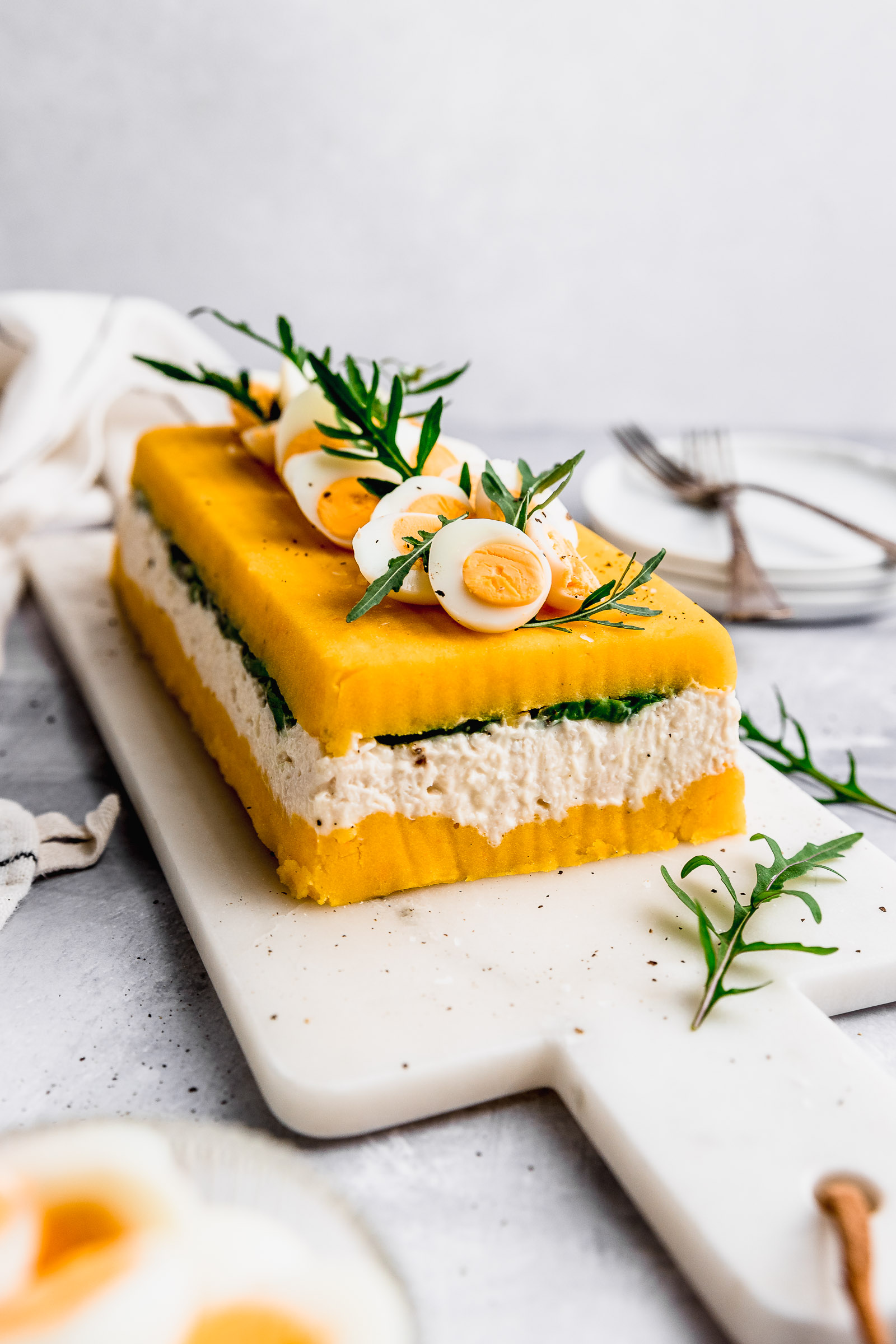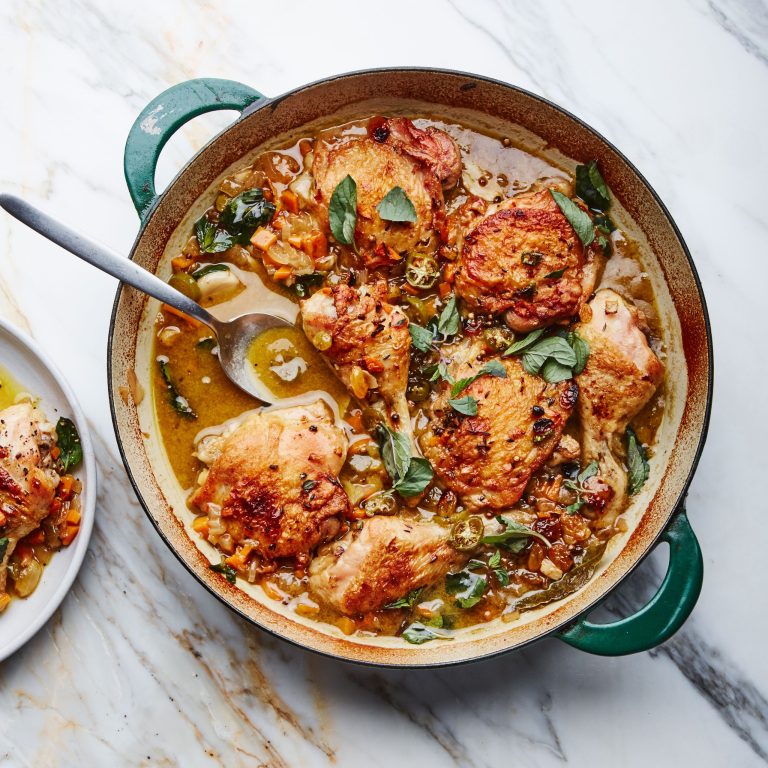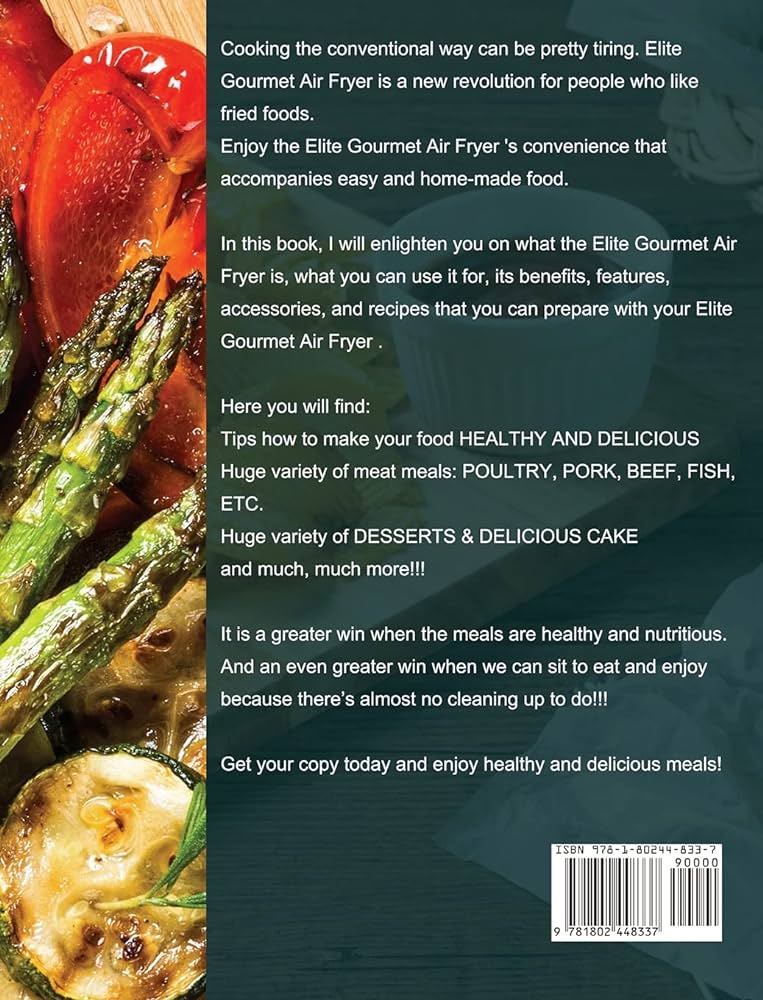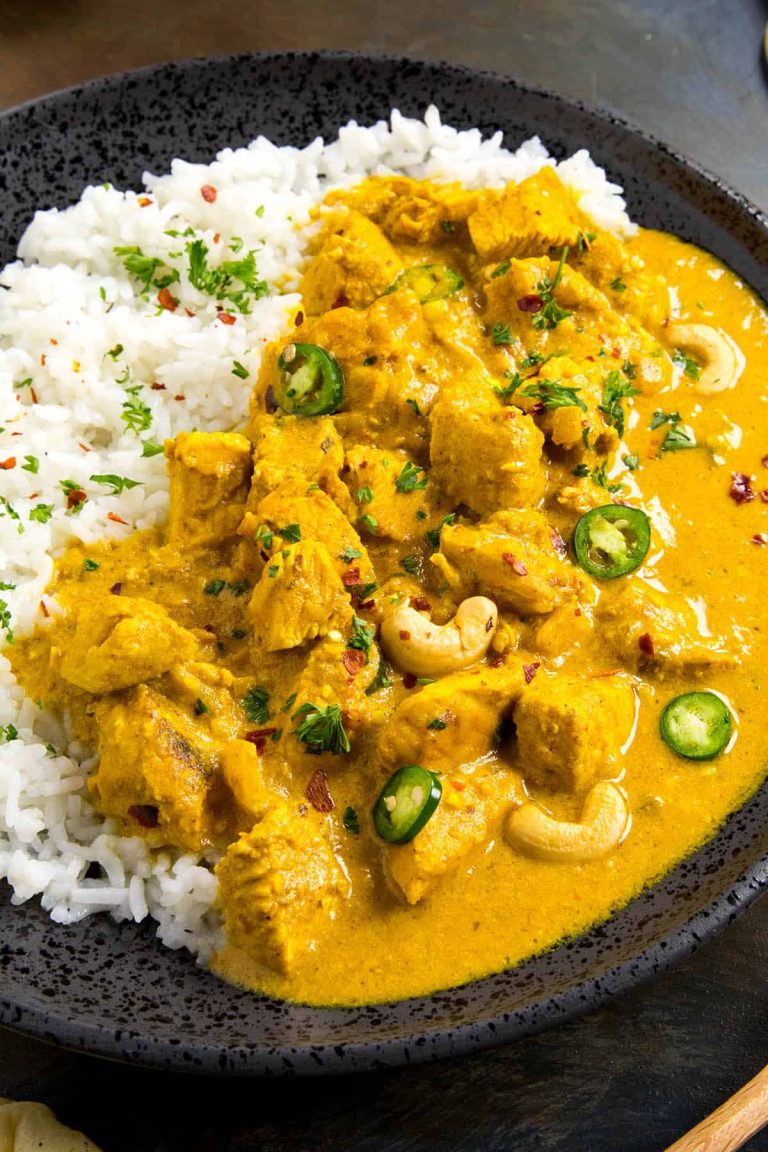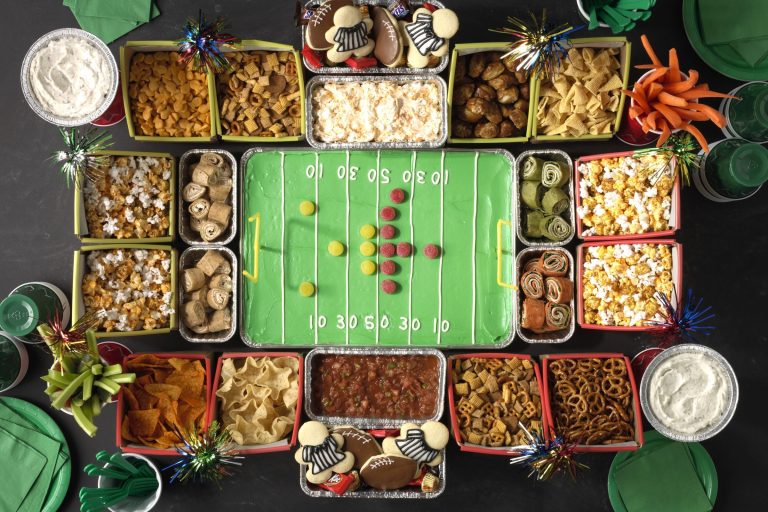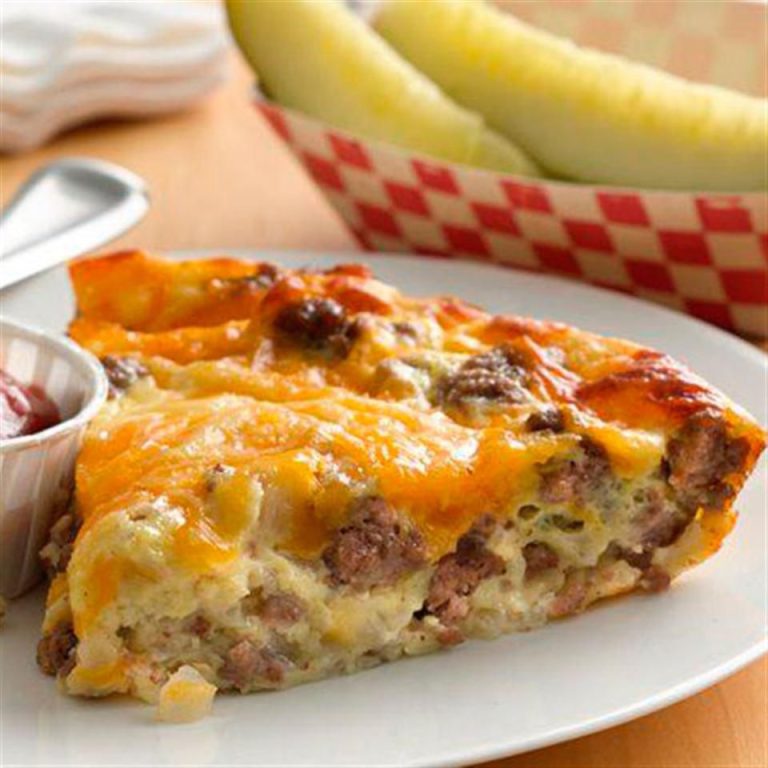Peruvian Causa Recipe
Peruvian Causa roots trace back to pre-Columbian times when native Andean people cultivated potatoes. Potatoes became a staple due to their adaptability to high-altitude regions. The term “Causa” comes from the Quechua word “kausay,” meaning “life” or “sustenance,” reflecting the dish’s importance. Early versions lacked the fillings seen today but included mashed potatoes mixed with spices and herbs.
Evolution Through the Centuries
Through centuries, Causa evolved with Spanish colonization introducing new ingredients like lime and chicken. By the 19th century, the dish incorporated Peruvian flavors and European influences, blending mashed potatoes with diverse fillings. During the War of the Pacific in the late 1800s, Causa was a symbol of patriotism and unity. Today, it showcases Peru’s culinary innovation, with variations featuring tuna, avocado, and more, making it a versatile dish celebrated worldwide.
What Is Peruvian Causa?
Ingredients Used in Causa
Peruvian Causa combines foundational ingredients with vibrant colors and flavors. The primary ingredient is mashed yellow potatoes, offering a buttery texture. Ají amarillo paste provides a mild yet distinct spiciness. Lime juice adds tangy freshness, and vegetable oil gives a smooth consistency.
To balance the mashed potatoes, you’ll find layers such as shredded chicken, tuna, or seafood, mixed with mayonnaise. Avocado slices and boiled eggs add creaminess, while garnishes include olives and parsley for a finishing touch.
Variations Across Different Regions
Regional variations of Causa showcase the diversity of Peruvian cuisine. Coastal regions often incorporate seafood like crab or shrimp. In Lima, you’ll encounter a classic style featuring chicken or tuna. The Andes emphasize native ingredients, incorporating ají amarillo with local herbs.
Different presentations also exist. Some regions serve Causa as a layered pie, while others offer it as individual, rounded portions. Each variation maintains the fundamental flavors while reflecting unique regional influences.
How to Prepare Peruvian Causa
Step-by-Step Recipe
To prepare Peruvian Causa, gather the following ingredients: yellow potatoes (2 lbs), ají amarillo paste (2 tablespoons), lime juice (2 tablespoons), vegetable oil (2 tablespoons), shredded chicken or tuna (1 cup), mayonnaise (½ cup), avocado (1), boiled eggs (2), and garnishes like olives and parsley. Follow these steps:
- Cook Potatoes: Boil potatoes until tender. Once cooked, peel and mash them while they’re still warm.
- Mix Ingredients: Add ají amarillo paste, lime juice, and vegetable oil to the mashed potatoes. Mix until smooth.
- Prepare Filling: Combine shredded chicken or tuna with mayonnaise in a bowl. Adjust seasoning with salt and pepper to taste.
- Assemble Layers: Spread a layer of the mashed potato mixture in a dish. Add a layer of the chicken or tuna filling. Top with avocado slices.
- Repeat Layers: Add another layer of mashed potatoes on top. Garnish with sliced boiled eggs, olives, and parsley.
- Chill: Refrigerate for at least 1 hour before serving to let the flavors meld together.
- Use Yellow Potatoes: Opt for Peruvian yellow potatoes if available, as they provide the authentic buttery texture.
- Consistent Texture: Ensure mashed potatoes are smooth and lump-free by mashing them thoroughly while warm.
- Proper Layering: Spread each layer evenly to balance the flavors and maintain a cohesive structure.
- Chill Time: Let the Causa chill for adequate time, as this step helps meld the flavors and firm up the dish.
- Adjust Seasoning: Taste the mixture regularly, especially the filling, to ensure it is adequately seasoned.
- Fresh Ingredients: Use fresh avocado and boiled eggs for the best flavor and texture.
These steps and tips ensure you prepare a flavorful and authentic Peruvian Causa, reflecting the rich heritage and culinary creativity of Peru.
Pairing and Serving Ideas
Complementary Side Dishes
Pair Peruvian Causa with side dishes that enhance its flavors. A light, crisp salad with mixed greens, cherry tomatoes, and a citrus vinaigrette offers a refreshing contrast. Grilled vegetables like bell peppers, zucchini, and asparagus add a smoky dimension. Corn on the cob, rubbed with lime and chili powder, accentuates the Peruvian taste profile.
For added texture, consider plantain chips or yuca fries. These starchy accompaniments provide a satisfying crunch and absorb Causa’s flavors well. Ceviche, another traditional Peruvian dish with lime-marinated seafood, complements the tangy elements of Causa, making for a harmonious culinary experience.
Drinks to Pair With Causa
Selecting the right beverage elevates the enjoyment of Peruvian Causa. For a non-alcoholic option, consider chicha morada, a traditional Peruvian drink made from purple corn, pineapple, and spices. Its sweet and fruity profile balances the savory and tangy notes of Causa.
If you prefer alcoholic beverages, Pisco Sour is an excellent choice. This classic Peruvian cocktail, made with Pisco, lime juice, syrup, egg white, and Angostura bitters, complements the dish’s bright flavors. A crisp, dry white wine like Sauvignon Blanc or a light beer also makes a perfect pairing, cleansing the palate between bites and highlighting the dish’s vibrant ingredients.
Cultural Significance of Causa in Peru
Causa in Festivals and Celebrations
Causa plays a vital role in various Peruvian festivals and celebrations. You often find it featured prominently during national holidays like Fiestas Patrias, which commemorates Peru’s independence. Households and restaurants prepare diverse variations to honor Peru’s rich culinary heritage. During these special occasions, Causa signifies unity and pride, bringing people together to celebrate shared traditions.
Causa is also popular in family gatherings. At birthdays, weddings, and anniversaries, it’s common to serve Causa as a starter or a main dish, showcasing the host’s effort to provide a memorable and authentic dining experience. You’ll see it paired with other traditional dishes like anticuchos or chupe de camarones, creating a vibrant, festive spread.
Symbolism and Traditions
In Peruvian culture, Causa symbolizes resilience and adaptability. Its origins trace back to pre-Columbian times, and its ingredient, the humble potato, reflects the adaptability of Peruvian cuisine. When you enjoy a plate of Causa, you’re partaking in a tradition that embodies the melding of indigenous and Spanish flavors—a testament to Peru’s historical journey.
Causa also symbolizes unity; during the War of the Pacific, it became a patriotic dish, reportedly prepared by women to support soldiers. This narrative adds a layer of national pride to the dish, making it more than just a culinary delight. Various regions have their own twists on the recipe, but the dish’s core remains a unifying emblem of Peruvian identity.
These traditions and symbols make Causa more than mere food. It’s a culinary representation of Peru’s rich history, cultural diversity, and national pride, making it an integral part of the Peruvian cultural fabric.
Conclusion
Peruvian Causa is more than just a dish; it’s a testament to Peru’s rich history and vibrant culture. Whether you’re enjoying it at a local festival or a family gathering, Causa offers a delicious glimpse into the nation’s past and present. Its blend of flavors and textures showcases Peru’s culinary ingenuity and adaptability. By savoring Causa, you’re not just tasting a meal; you’re experiencing a piece of Peru’s heart and soul.
